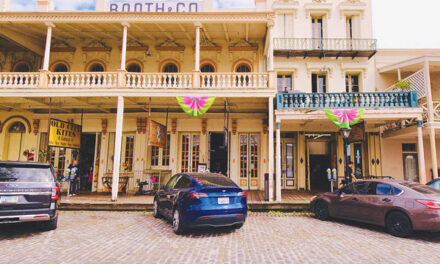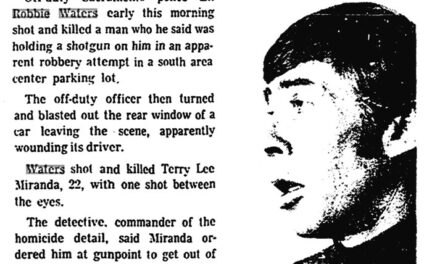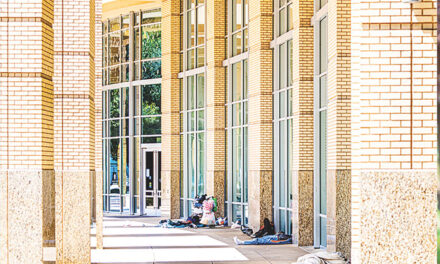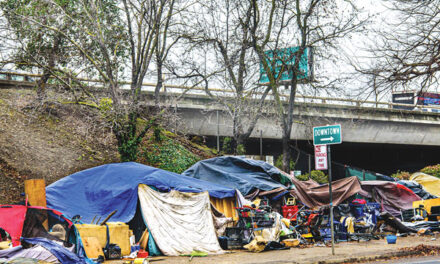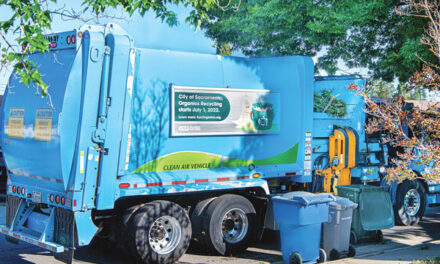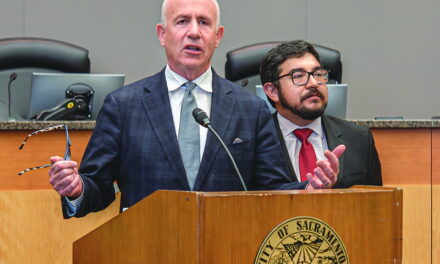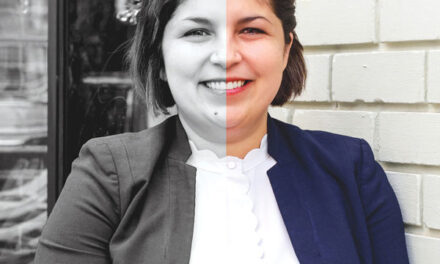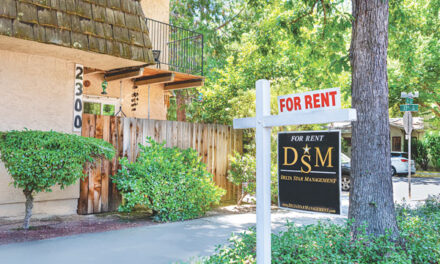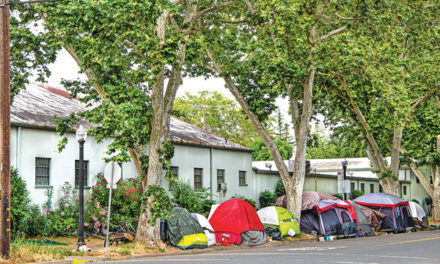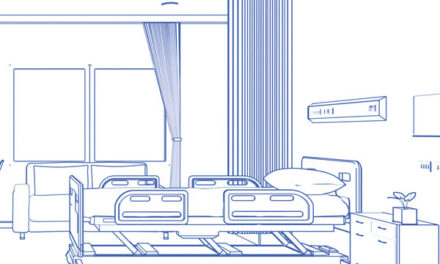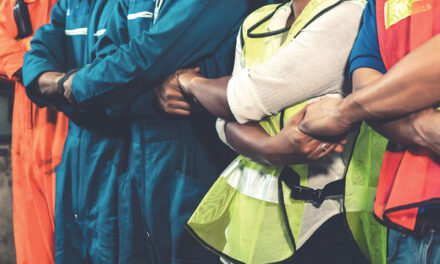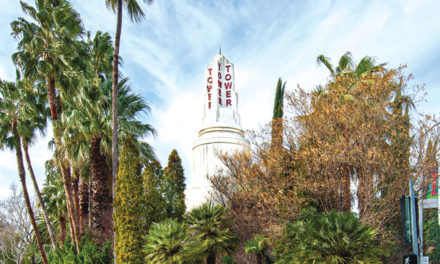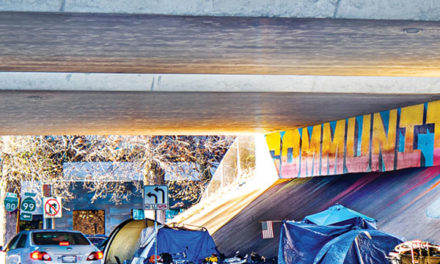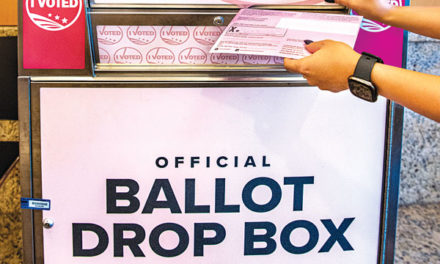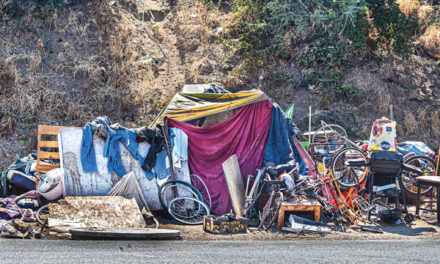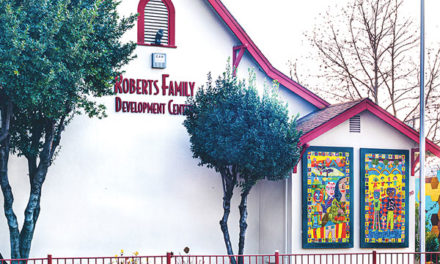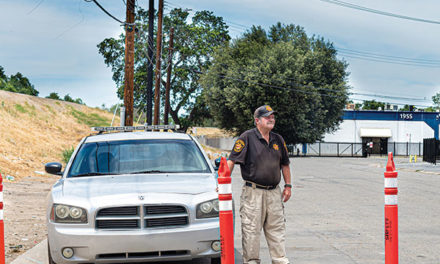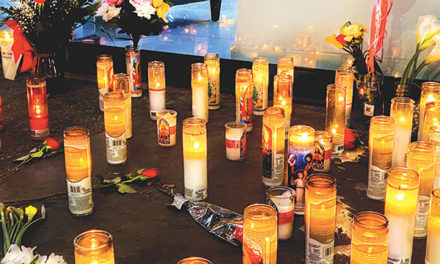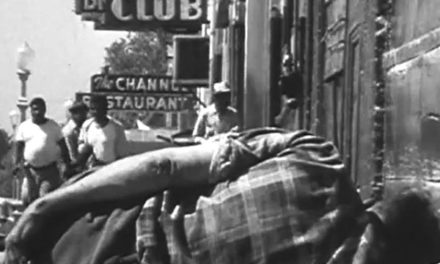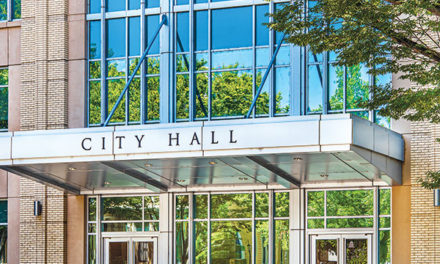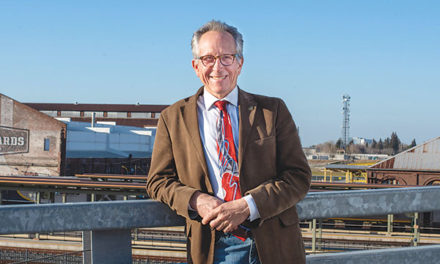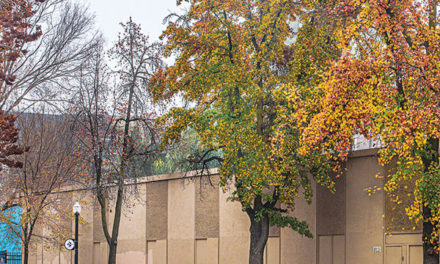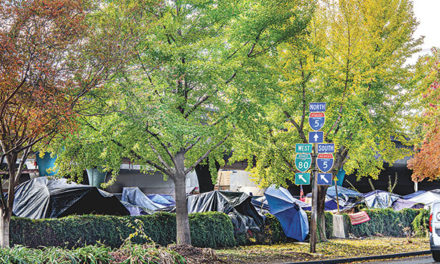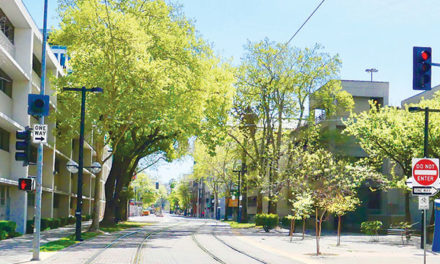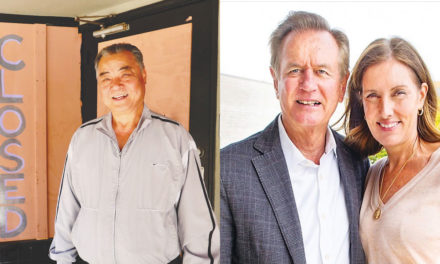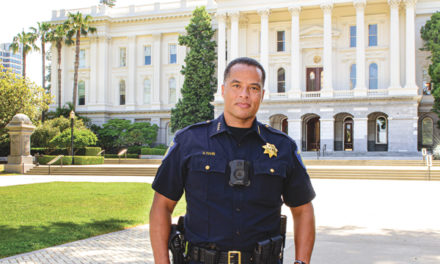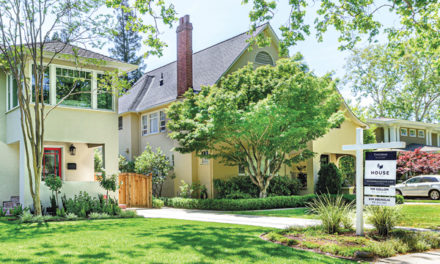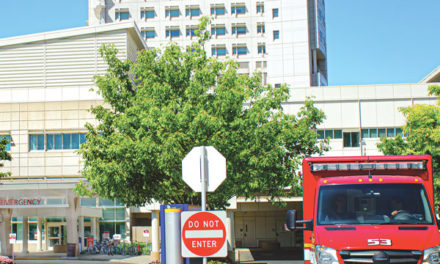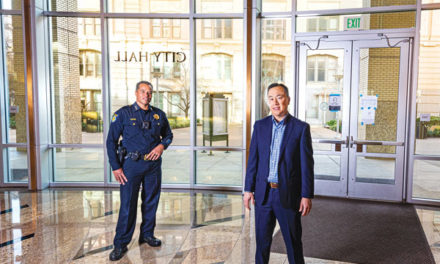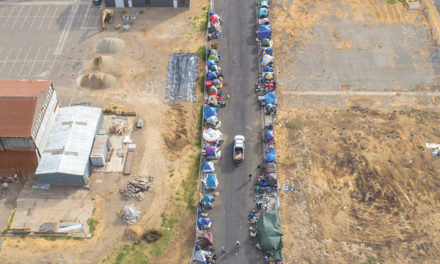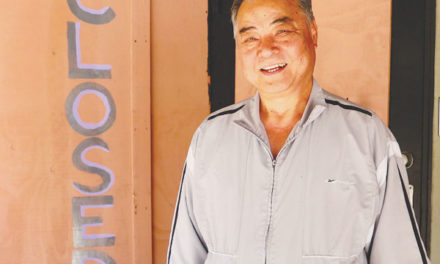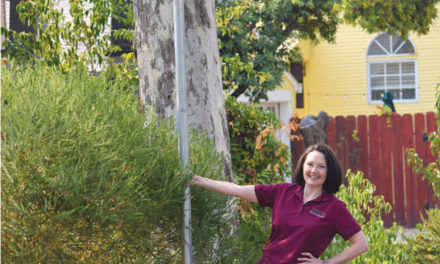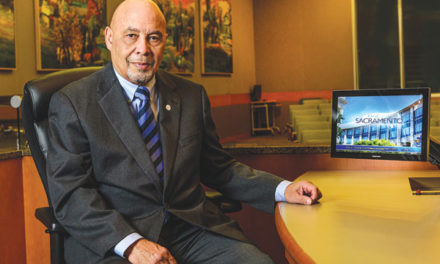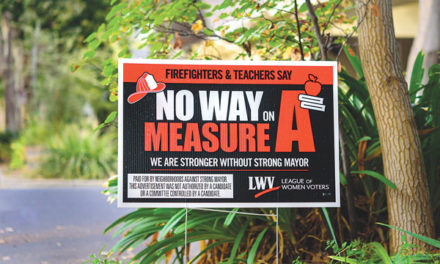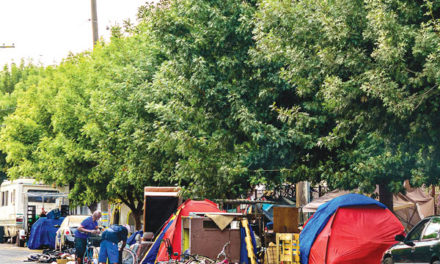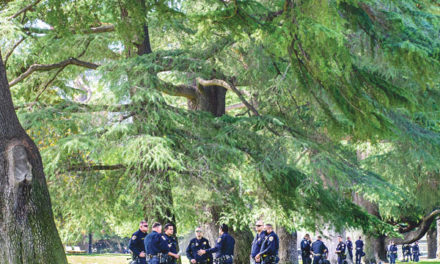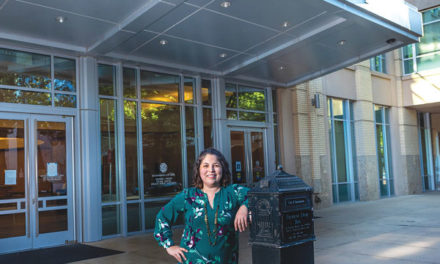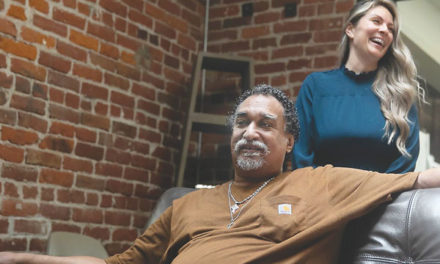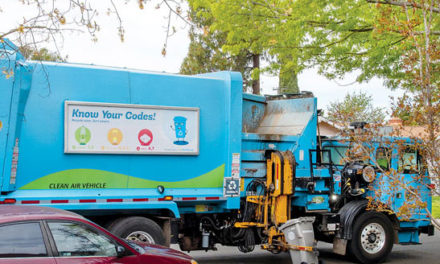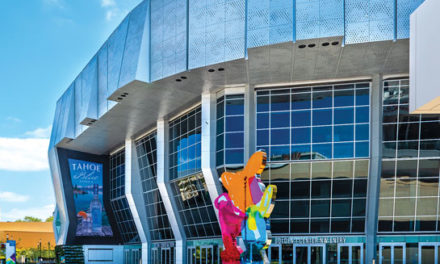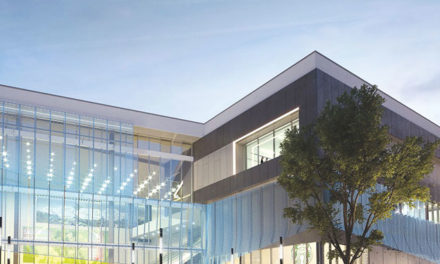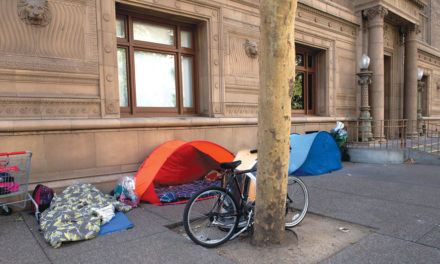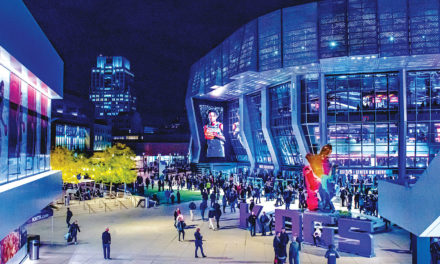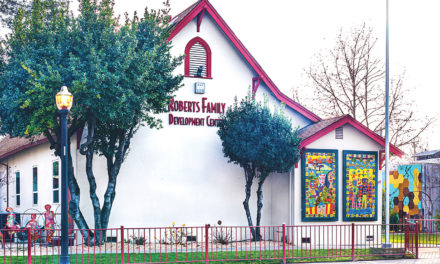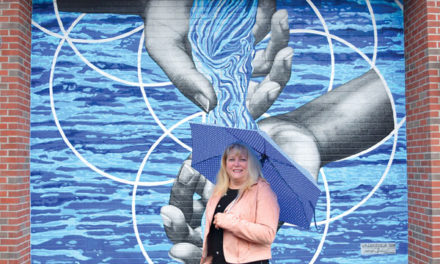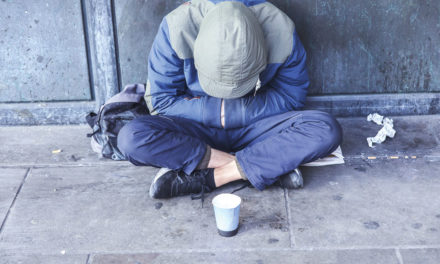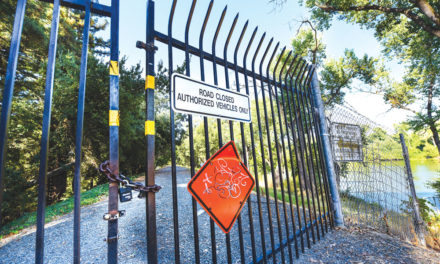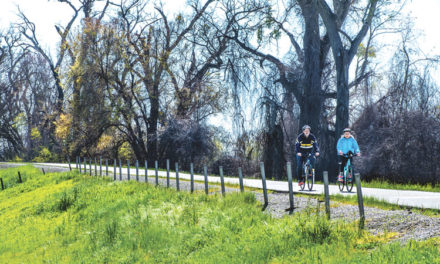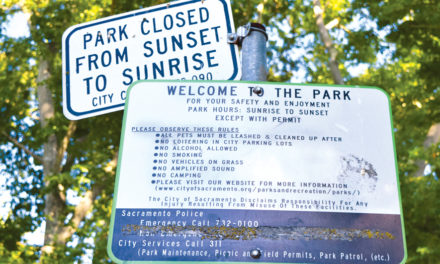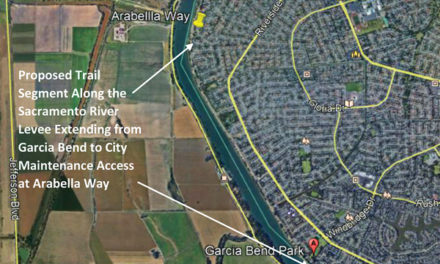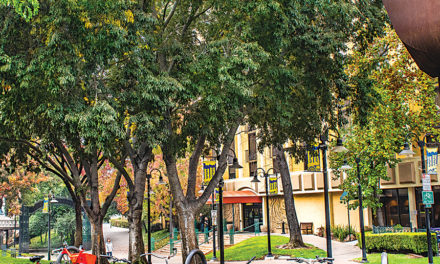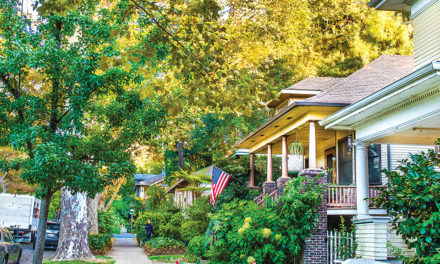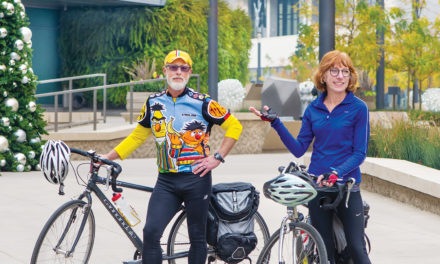Look to Modesto
How to make an outdoor homeless shelter work
By Jeff Harris
October 2019
Every time I see a homeless encampment, I feel disheartened. They are among the least healthy environments in our city, rife with crime, trash, unsanitary conditions, open drug use, discarded needles and despair.
Tent encampments are testaments to our failure as a community and society to deal with the scourge created by drug addiction, mental infirmity and the economic factors that compel people to live on the streets.
I know there are solutions, but they are difficult, elusive and expensive. Since being elected to the Sacramento City Council in 2014, a day hasn’t gone by when I wasn’t investigating better ways to mitigate homelessness. The city’s 3rd District, which I represent, includes the neighborhoods most impacted by homelessness, around Richards Boulevard and the banks of the American River.
While I have never believed tent encampments were a positive step toward reducing homelessness, my views began to change after a recent visit to Modesto.
Accompanied by senior staff from the city manager’s office and departments of solid waste, public works, the city attorney’s office and our homelessness impact team, we discovered an iteration of a tent city that actually demonstrates potential.
It’s called the Modesto Outdoor Emergency Shelter, or MOES. There are important distinctions between the Modesto facility and the type of unsanctioned tent encampments we see in the River District of Sacramento. Based on those distinctions, I believe the MOES model can teach us some important lessons and even provide a way forward as we strive to assist our homeless population.
The Modesto shelter doesn’t have a perfect location. It’s beneath a long highway bridge in an area that could flood in winter. It’s temporary by design—a way station to keep people off the streets until permanent shelters are completed at a Salvation Army building and nearby motel.
There are other important differences between MOES and the tent cities we commonly find on our streets. Portable toilets and showers were brought in to serve the 450 people who live in 261 tents, all erected by the city. Fences secure the perimeter. Security guards maintain the peace around the clock. There are heath care professionals to provide mental health assessments and minor emergency medical aid.
We saw plenty of evidence that MOES works: Trash was picked up. Food distribution was orderly. Drug sales were curtailed. Toilets and showers made a big difference in hygiene. And people had opportunities to navigate away from the streets.
Modesto authorities were extremely forthcoming as we inspected the outdoor emergency shelter. They showed us their books and explained several problems.
For starters, they said the facility was too large—they should have broken the site into smaller locations and limited capacity to 200. The shelter is low-barrier, meaning people can bring possessions and animals, which can be difficult to manage. Such problems come with the territory. And there’s the cost: Security around the clock is expensive.
They also said it’s essential to make the project temporary. If people become acclimated to living in a sanctioned outdoor emergency center, they may tend to decline treatment for addictions and mental issues. They will not want to leave.
Before visiting MOES, my experience with tent cities had been uniformly negative. I’ve seen mounds of garbage left behind after street feeders, who believe they are helping the homeless, deliver food to people living on the street.
The garbage attracts rats, which multiply and exacerbate the health and sanitary problems. I’ve seen the environmental damage caused by human waste, trash and fires. And I’ve seen the predatory behavior of criminals who prey upon defenseless people living on the streets, especially women and juveniles.
I am now searching for a suitable location around the River District that might serve as a temporary emergency outdoor shelter, based on what our group learned in Modesto. I wouldn’t have said this a year ago, and I’m not pleased to say it today. But as a city we have to face facts.
Yes, homelessness is often the result of drug and alcohol addiction, mental infirmity, poor decisions and financial setbacks. At the same time, we can’t continue to allow people to congregate in improvised tent cities. Simply put, they are dangerous to public health and safety.
With winter coming, we must bring emergency intervention to the human disaster that continues to grow on our streets. A temporary system similar to the Modesto Outdoor Emergency Shelter model may provide some short-term relief.
Jeff Harris represents District 3 on the Sacramento City Council. He can be reached at jsharris@cityofsacramento.org.





